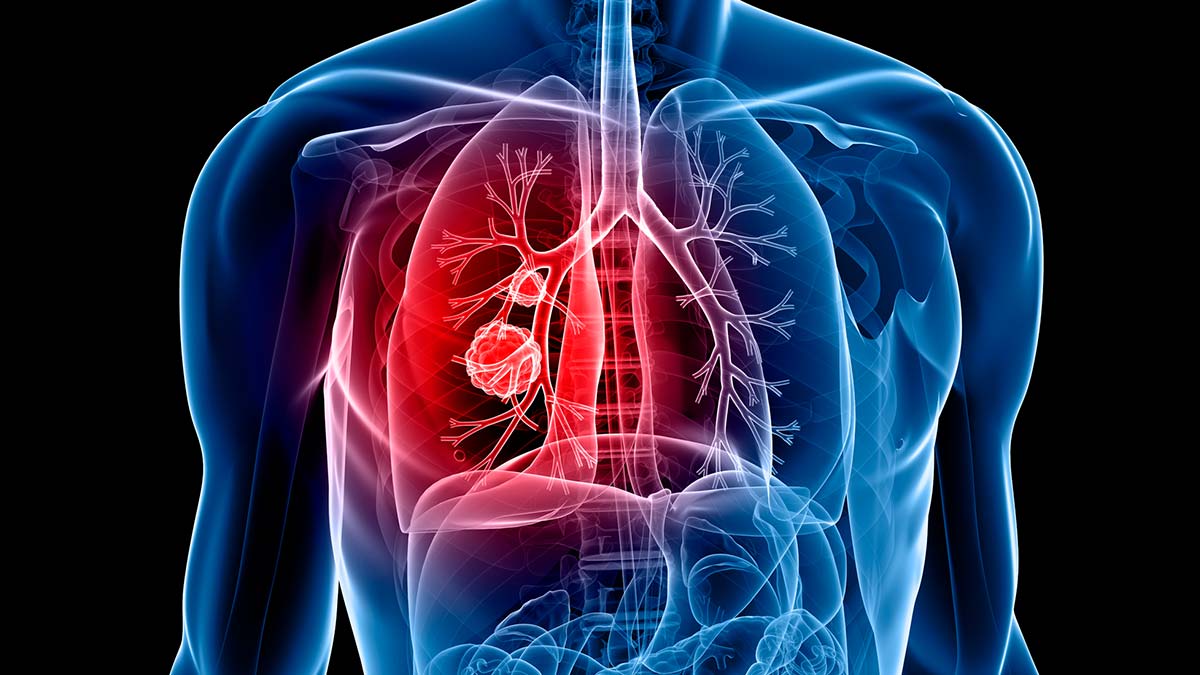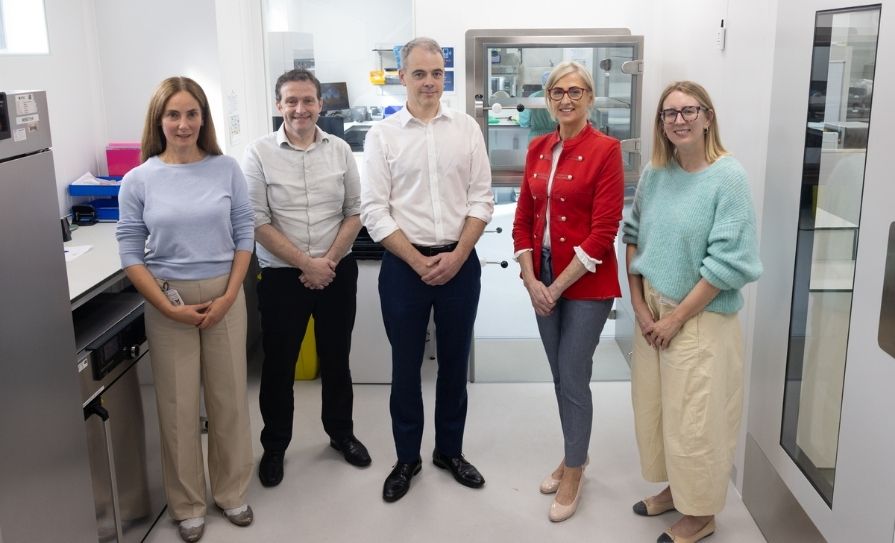In recent years there has been an acceleration in new medicines to treat lung cancer, leading to an improvement in survival rates. However only 20-25% of patients are alive five years after diagnosis.
So, why are survival rates still poor
The answer, like lung cancer itself, is complicated. To begin with, cancer is not a single disease, but a constellation of diseases of immense complexity. Lung cancer has several causes, and includes various mutations and genomic alterations. In addition, it may be diagnosed at different stages and has a diverse patient population. Not all patients have the same mutations and respond in the same way to treatments, which means outcomes vary, even when a patient population is given the same therapy.
Taken together, this means no single approach is enough to address the unmet medical need (UMN) in lung cancer. This matters because, as we marked this year’s World Lung Cancer Day early last month, we found ourselves having an important conversation about the definition of UMN.
Defining patient need
As part of the European Commission’s review of the EU pharmaceutical legislation, there is a risk that the definition of UMN may not be patient and science centered.
Addressing patients’ needs through research is what drives scientists in academia and industry, healthcare professionals, patient advocates and other key stakeholders. And even though developing new medicines is a long, complex and enormously risky process, medicine developers invest in it with the ambition of addressing an UMN.
Any attempt to define an unmet medical need must start from the patient and science perspective. Not doing so brings the risk of excluding the development of important therapies for people living with lung cancer. However, the Commission’s current proposal is taking a very narrow approach, focusing on some outcomes, but not all patient relevant ones. It disadvantages diseases which are relevant for broader populations. This narrow approach directly clashes with the Europe’s Beating Cancer Plan and Cancer Mission’s commitment to save three million lives by 2030.
Furthermore, as a specific example, even though there is an UMN because deaths from lung cancers remain high, novel therapies to address lung cancers would be significantly challenged by the Commission’s proposed restrictive UMN definition.
Solving the challenge together
Understanding the science and nature of innovation, including how and where it happens, is critical to address unmet needs. It is unlikely that for any patient population with an unmet medical need, a single medicine will solve that need entirely.
More likely, multiple medicines each solve a part of the unmet medical need, either by complementary effectiveness or by differentiation in the part of the patient population that benefits from them. That’s why we propose to include in the new EU pharmaceutical legislation a patient- centred, inclusive definition of unmet medical need that would encourage broad avenues of scientific discovery.
Narrowing the definition of UMN is the wrong answer to the real problem of incentivising continued investment in innovation. And it points to a broader issue: the absence of patient-centric measurements in determining the value of an intervention. Yes, five-year survival rates are a key metric; but how these five years are lived or endured reflected in patient satisfaction, treatment adherence, mode of administration, and quality of life are also crucial if we are to live up to the aspiration of having a patient-centred system and reach the goal of Europe’s Beating Cancer Plan and Cancer Mission.
People living with lung cancer deserve more treatment options addressing their needs; improving their quality of
life; reducing the burden of treatment; extending their life to give them more time with family and friends; and allowing them to be active members of society. And they need these interventions as soon as possible. Lung cancer steals time.
To deliver what patients want – and need – the first step is simple: ask them. From there, we must incentivise more R&D in Europe which is patient-centred and strives to address patients’ needs is all their forms.
Lung cancer is a considerable scientific challenge. No one stakeholder, institution, or company can solve this alone. And there will not be a single perfect solution. However, with the right mix of incentives and collaboration, with patients at the centre, we can improve the outlook for lung cancer patients in Europe and beyond.
SIGNATORIES
- Johanna Bendell, Global Head Oncology, Pharma Research and
Early Development, Roche - David Bialek, Global Brand Lead, Tusamitamab & Head Commercial Strategy – Lung Cancer, Sanofi
- Rodney Gillespie, Global TA Head Solid Tumors, Novartis
- Alan McDougall, Senior Vice President, Medical Affairs, Astellas Pharma Europe Ltd.
- Cole Pinnow, Global Marketing Lung Cancer Lead, Pfizer
- Christine Roth, Member of the Executive Committee, Pharmaceuticals Division and Head of the Oncology SBU, Bayer
- Victoria Zazulina, MD and Head of Development Unit Oncology within Global Research & Development, Merck







